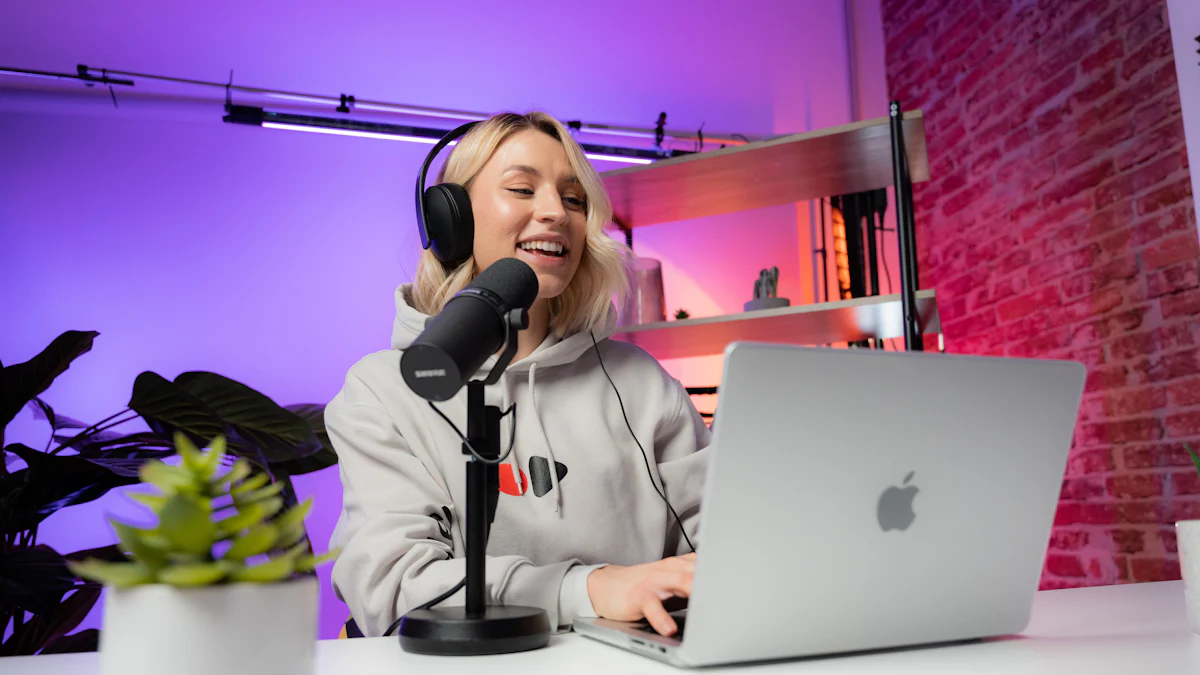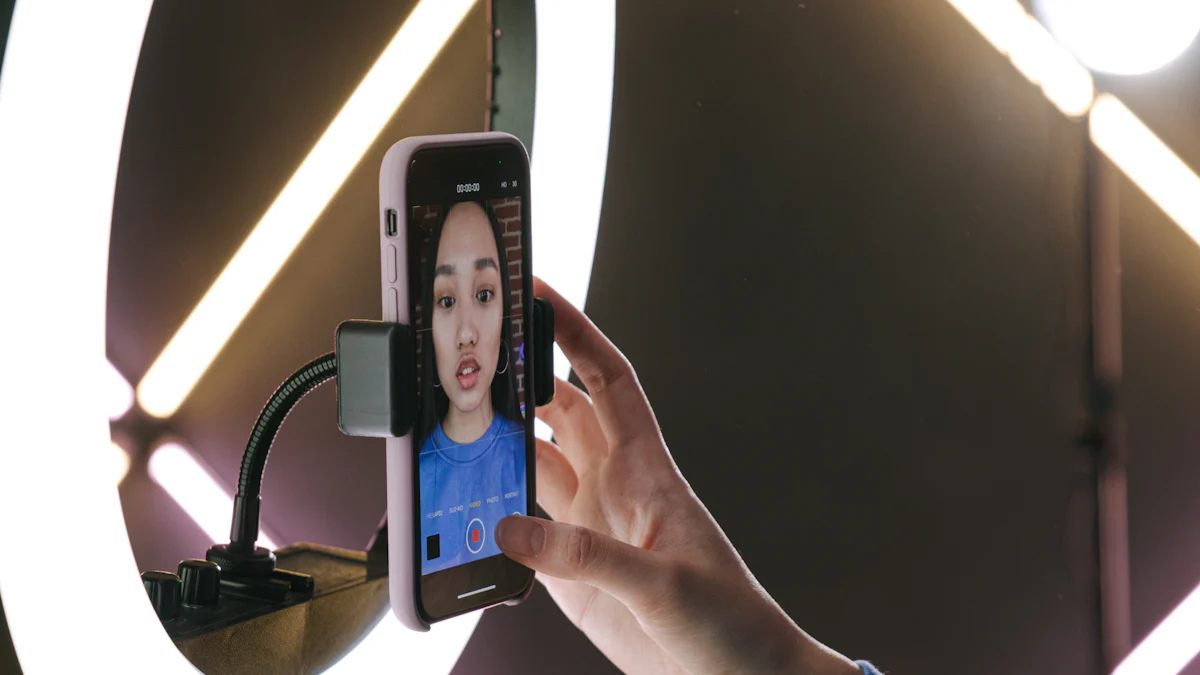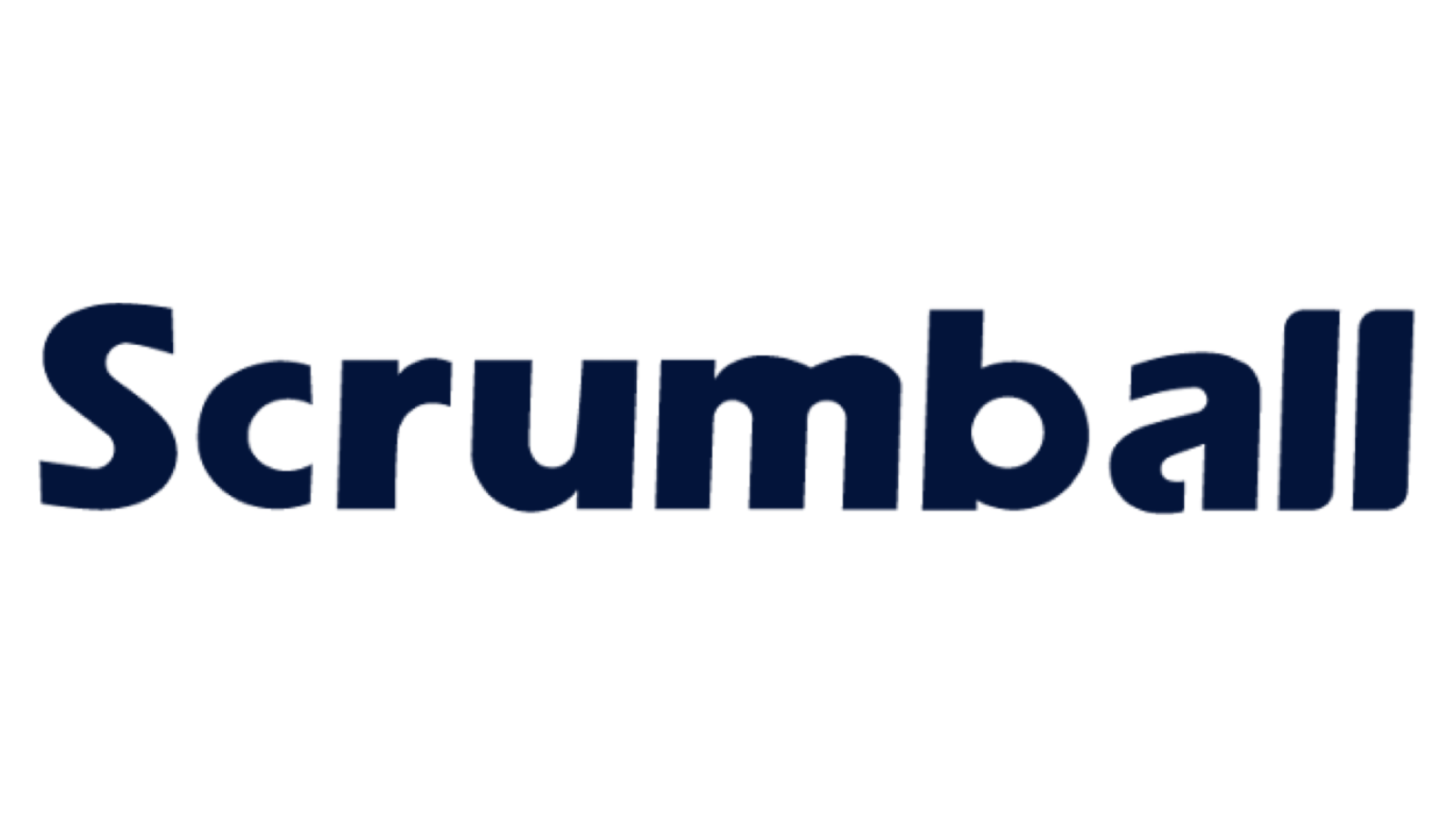How Instagram Influencers Compare to TikTok and YouTube Creators

When it comes to social media, Instagram, TikTok, and YouTube dominate the scene. Each platform has carved out its own space, attracting millions (or even billions) of users. Did you know YouTube leads with 2.53 billion monthly active users, followed by Instagram at 2 billion, and TikTok at 1.69 billion? These numbers highlight just how massive these platforms are. But they’re not all the same. The biggest Instagram influencers often focus on polished visuals and aspirational content, while TikTok creators thrive on trends and authenticity. Choosing between TikTok vs Instagram—or even YouTube—depends on your goals. Whether you’re into influencer marketing or just exploring social media marketing, understanding these differences can help you make the most of each platform.
Overview of Instagram, TikTok, and YouTube
Visual-first platform with a focus on photos, Reels, and Stories.
Instagram is all about visuals. Whether it’s a stunning photo, a carousel of images, or a quick Reel, this platform thrives on eye-catching content. Reels and Stories let you share short, engaging clips, while the main feed is perfect for polished photos. Instagram influencers, especially in lifestyle, fashion, and beauty, use these tools to create aspirational content that grabs attention.
The platform’s Explore Page is a game-changer for content discovery. It curates posts based on your interests, making it easier to find new creators or brands. Instagram also offers tools like ads, influencer collaborations, and Shopping features, making it a favorite for social media marketing. However, its editing tools are more basic compared to TikTok’s extensive options.
| Feature/Functionality | TikTok | |
|---|---|---|
| Post Types | Photos, videos, carousels | Short-form videos (up to 3 minutes) |
| Content Discovery | Explore Page | For You Page |
| Marketing Tools | Ads (photos, videos, Stories, Shopping), influencer collaborations | In-feed and TopView ads, Creator Marketplace |
| Analytics | Comprehensive demographic data | Limited features for premium accounts |
| Content Creation Tools | Basic editing in Reels and Stories | Extensive editing tools, filters, music library |
TikTok
Short-form video platform known for trends, challenges, and viral content.
TikTok is where creativity meets fun. This platform thrives on short, snappy videos that often go viral. From dance challenges to hilarious skits, TikTok’s content is driven by trends and music. It’s a playground for Gen Z, but you’ll find people of all ages enjoying its addictive For You Page.
Unlike Instagram, TikTok’s editing tools are more advanced. You can add filters, effects, and music to make your videos pop. The platform also allows videos up to 10 minutes, but most creators stick to shorter clips for maximum engagement. If you’re looking to connect with a younger audience or ride the wave of viral trends, TikTok is the place to be.
- TikTok focuses on casual, edited videos that often participate in trends and challenges.
- TikTok’s trend mechanism relies on viral challenges and popular sounds, unlike Instagram’s aesthetic-driven content.
- TikTok allows videos up to 10 minutes, while Instagram Reels max out at 90 seconds.
YouTube
Long-form video platform with diverse content categories.
YouTube is the king of long-form content. Whether you’re into tutorials, vlogs, or deep dives into niche topics, this platform has it all. It attracts a wide range of audiences, from casual viewers to dedicated fans of specific creators.
What sets YouTube apart is its ability to tell stories. Creators can upload videos that are several minutes—or even hours—long, giving them the freedom to explore topics in depth. This makes YouTube ideal for educational content, product reviews, and storytelling. While Instagram and TikTok focus on quick, engaging posts, YouTube excels at building loyal communities through detailed, high-quality videos.
If you’re a brand or creator looking for evergreen content, YouTube offers unmatched potential. Its diverse audience and long-form format make it a powerful tool for influencer marketing and social media strategies.
Content Style and Creation: TikTok vs Instagram vs YouTube

Polished, curated content with a focus on aesthetics.
Instagram thrives on polished visuals. You’ll notice that many of the biggest Instagram influencers focus on creating feeds that look like art galleries. But things are shifting. While Millennials loved perfectly staged photos, Gen Z leans toward candid, unstaged posts. This shift reflects a growing desire for authenticity. You might see influencers mixing curated photos with more relatable content to connect with their audience.
Stories and Reels are where Instagram influencers can get creative. These features let you share casual, behind-the-scenes moments that feel more personal. Whether it’s a quick tutorial or a sneak peek of a product, these tools help boost engagement. Instagram’s algorithm also plays a role here, showing your content to users based on their preferences and interactions.
TikTok
Emphasis on creativity, humor, and authenticity.
TikTok is all about keeping it real. Unlike Instagram, where aesthetics matter, TikTok celebrates raw, unfiltered creativity. You don’t need a fancy setup to go viral. A funny skit, a clever use of trending sounds, or even a relatable moment can grab attention.
The platform’s short-form videos are perfect for quick laughs or creative storytelling. TikTok’s editing tools make it easy to add effects, filters, and music, giving your content a homemade yet engaging feel. Compared to Instagram, TikTok’s authenticity level is higher, making it a favorite for younger audiences who value relatability over perfection.
| Platform | Content Style | Authenticity Level |
|---|---|---|
| TikTok | Lower visual quality | High (homemade feel) |
| Curated aesthetic | Moderate (pressure for quality) | |
| YouTube | Professionally produced | Low (less focus on authenticity) |
YouTube
High-production value content, including tutorials, vlogs, and episodic series.
YouTube stands out for its long-form content. Creators can dive deep into topics, whether it’s a detailed tutorial, a day-in-the-life vlog, or an episodic series. This format allows you to tell stories, educate your audience, and build trust.
Longer videos give you the chance to explore complex subjects. For example, a beauty influencer might create a 20-minute video reviewing multiple products, offering insights that shorter formats can’t match. YouTube’s search engine-like algorithm also helps your content stay relevant for years, making it a great platform for evergreen content.
If you’re into influencer marketing, YouTube’s high production value and storytelling potential make it ideal for campaigns that need depth and detail. It’s a platform where you can truly connect with your audience and keep them engaged for longer periods.
Audience Engagement and Demographics: Instagram vs TikTok

Strong focus on visual appeal and aspirational content.
Instagram thrives on visuals that inspire. The platform’s audience spans a broad age range, making it a go-to for influencers in lifestyle, fashion, and beauty. You’ll notice that the biggest Instagram influencers often curate their feeds to reflect a consistent aesthetic. This approach appeals to users who value polished, aspirational content.
Engagement on Instagram happens through likes, comments, and direct messages. Stories and live sessions add a personal touch, letting you connect with your audience in real time. Instagram’s algorithm prioritizes content that resonates with users, boosting posts that get more interaction. While its engagement rate for Reels (1.48%) is lower than TikTok’s, Instagram still excels at fostering meaningful connections through its diverse features.
- Instagram emphasizes high-quality visuals and personal branding.
- Stories and live sessions are key tools for boosting engagement.
- The platform caters to a wide demographic, making it versatile for social media marketing.
TikTok
Highly interactive platform with comments, duets, and stitches.
TikTok is all about interaction. Its younger audience loves the platform for its creativity and relatability. Viral trends, challenges, and trending sounds dominate the content here. Unlike Instagram, TikTok’s features like duets and stitches encourage collaboration and creativity. These tools let you engage with other creators and your audience in unique ways.
The platform’s engagement rate (2.34%) is the highest among the three, thanks to its interactive nature. Comments, video replies, and the For You Page keep users hooked. TikTok’s focus on authenticity makes it a favorite for Gen Z, who prefer relatable content over perfection.
| Feature | TikTok Description | Instagram/YouTube Comparison |
|---|---|---|
| Duet | Allows split-screen videos with another creator. | Similar features exist but lack the same engagement. |
| Stitch | Combines videos with a brief original clip before the new one. | Less emphasis on collaborative editing. |
| Music and Sound | Extensive library that enhances video creativity. | Limited options compared to TikTok. |
If you’re targeting a younger audience or want to create viral content, TikTok is the platform to explore.
YouTube
Loyal subscriber base with high engagement on long-form content.
YouTube stands out for its ability to build loyal communities. Its audience engages deeply with long-form videos, whether they’re tutorials, vlogs, or episodic series. Comments and community posts foster meaningful conversations, helping creators connect with their fans.
“Another consistent theme was the desire for belonging – people want a place where they feel included and understood by like-minded peers.”
YouTube’s community-building tools create a space where creators and fans can bond over shared passions. This makes it ideal for influencer marketing campaigns that require depth and trust. While its engagement rate (0.91%) is lower than TikTok and Instagram, YouTube excels at forming lasting connections.
Monetization Opportunities for Instagram Influencers and Others
Sponsored posts, affiliate marketing, and product collaborations.
Instagram influencers have several ways to earn money, but sponsored posts are the most common. Brands pay influencers to promote their products, often through polished photos or engaging Instagram Reels. The earnings depend on the influencer's follower count and engagement rate. Affiliate marketing is another popular option. Here, influencers share unique links to products and earn a commission for every sale made through their link.
Product collaborations also offer great opportunities. Many influencers partner with brands to create custom products, like clothing lines or beauty collections. While these methods are effective, Instagram’s direct monetization options are limited compared to TikTok or YouTube. You won’t find built-in features like live gifts or ad revenue sharing here. However, the platform’s focus on influencer partnerships and visual storytelling makes it a strong choice for an influencer marketing campaign.
TikTok
Brand partnerships, TikTok Creator Fund, and live gifts.
TikTok offers exciting ways to monetize your creativity. Brand partnerships are a big one. Companies love TikTok’s viral nature and often collaborate with creators to promote their products in fun, trend-driven ways. The TikTok Creator Fund is another option. It rewards creators for producing engaging content, though the payouts depend on views and engagement.
Live gifts are unique to TikTok. During live streams, followers can send virtual gifts that convert into real money. This feature adds an interactive element to monetization. TikTok’s viral content also helps creators grow their audience quickly, opening doors to more opportunities. If you’re looking to combine creativity with marketing potential, TikTok is a fantastic platform to explore.
YouTube
Ad revenue, sponsorships, memberships, and merchandise sales.
YouTube stands out for its diverse monetization streams. The platform shares ad revenue with creators, making it a reliable income source. Sponsorships are another big opportunity. Brands often pay creators to feature their products in videos, especially in detailed reviews or tutorials.
YouTube also offers unique features like channel memberships and Super Chat. Fans can subscribe for exclusive perks or pay to highlight their messages during live streams. Merchandise sales are another option. Creators can sell branded products directly on their channel, boosting both revenue and fan engagement.
| Feature | Description |
|---|---|
| Merchandise Sales | Sell branded products directly to fans. |
| Super Chat | Highlight fan messages during live streams for added interaction. |
| Channel Memberships | Offer exclusive perks to subscribers for recurring income. |
YouTube’s long-form content allows creators to explore multiple revenue streams, making it ideal for influencers who want to build a sustainable career.
Marketing and Brand Collaboration Potential: Instagram vs TikTok
Ideal for visually-driven campaigns and product showcases.
Instagram is your go-to platform for visually stunning campaigns. Its focus on high-quality photos, Reels, and Stories makes it perfect for showcasing products in a way that grabs attention. Whether you’re promoting a new fashion line or a beauty product, Instagram’s polished aesthetic helps you create a lasting impression.
The platform thrives on influencer partnerships. Influencers often collaborate with brands to create aspirational content that resonates with their followers. For example, a lifestyle influencer might post a beautifully curated photo featuring your product, paired with a compelling caption. This approach works well for brands aiming to build a strong visual identity.
Instagram also offers tools like Shopping features and ads, which make it easier for users to discover and purchase products directly. If your goal is to create a visually-driven influencer marketing campaign, Instagram’s marketing potential is hard to beat.
TikTok
Best for trend-driven, creative, and viral campaigns.
TikTok is where creativity meets virality. If you want to launch a trend-driven campaign, this platform is your best bet. TikTok influencers excel at creating engaging, short-form videos that feel authentic and fun. These videos often go viral, helping your brand reach millions of users in no time.
What makes TikTok as a promotion platform so effective? Let’s break it down:
| Evidence Point | Description |
|---|---|
| User Base | TikTok has over 1.5 billion active users globally, offering a vast audience. |
| Interactive Ads | Ads like challenges and polls encourage user participation and engagement. |
| Influencer Collaboration | TikTok influencers help brands connect with audiences through trusted content. |
| Short-form Video | The platform’s focus on quick, impactful videos boosts brand visibility. |
| AI Integration | Advanced targeting tools ensure your ads reach the right audience. |
TikTok’s younger audience loves participating in trends, making it ideal for campaigns that rely on creativity and interaction. Whether it’s a dance challenge or a funny skit, TikTok’s marketing potential lies in its ability to make your brand part of the conversation.
YouTube
Suitable for in-depth product reviews, tutorials, and storytelling.
YouTube stands out for its ability to tell stories. If your brand needs detailed product reviews or tutorials, this platform is the way to go. Content creators on YouTube can dive deep into topics, offering valuable insights that shorter formats can’t match.
One of YouTube’s biggest strengths is its evergreen content. Videos optimized for search engines remain relevant for years, continuing to attract views and engagement long after their release. This makes YouTube a cost-effective option for long-term marketing campaigns. For example, a tutorial video featuring your product could keep driving traffic and sales for months—or even years.
Evergreen content also benefits brands and creators in other ways:
- It lowers costs per view for sponsors.
- It provides creators with a steady income stream.
- It ensures ongoing value for brands through lasting relevance.
If you’re looking for a platform that supports long-term influencer marketing campaigns, YouTube’s storytelling and evergreen content make it a powerful choice.
Each platform—Instagram, TikTok, and YouTube—offers something special for influencers and brands. Instagram shines with its visually stunning content and tools like Stories that boost engagement. TikTok thrives on creativity and viral trends, making it perfect for reaching younger audiences. YouTube stands out with its long-form videos, fostering loyalty and offering evergreen content.
To choose the right platform, think about your audience and goals. Are you targeting Gen Z with fun, short videos? TikTok might be your answer. Want to showcase products with polished visuals? Instagram is ideal. Need in-depth storytelling? YouTube has you covered. Experimenting across platforms can help you maximize your reach and impact.
Final thoughts on tiktok vs instagram: Both excel in their own ways, but your choice depends on what resonates with your audience and aligns with your strategy.
FAQ
What’s the main difference between Instagram, TikTok, and YouTube?
Instagram focuses on polished visuals and aspirational content. TikTok thrives on short, creative, and trend-driven videos. YouTube excels at long-form, high-quality storytelling. Each platform serves different goals, so your choice depends on your audience and content style.
Which platform is best for reaching Gen Z?
TikTok is your go-to for Gen Z. Its interactive features, viral trends, and authentic vibe resonate strongly with younger audiences. If you want to connect with this demographic, TikTok’s creativity and relatability make it the perfect choice.
Can you monetize on all three platforms?
Yes, but the methods vary. Instagram relies on sponsored posts and affiliate marketing. TikTok offers the Creator Fund, brand deals, and live gifts. YouTube provides ad revenue, memberships, and merchandise sales. Each platform has unique opportunities for earning.
How do I choose the right platform for my brand?
Think about your goals and audience. Want polished visuals? Go with Instagram. Need viral, trend-driven content? TikTok is ideal. Looking for in-depth storytelling? YouTube is the way to go. Experimenting across platforms can help you find the best fit.
Is it better to focus on one platform or use all three?
It depends on your resources. If you’re just starting, focus on one platform that aligns with your goals. Once you’ve built a presence, expand to others. Using multiple platforms can maximize your reach and diversify your audience.
Tip: Start small, then scale up as you grow.
See Also
Exploring The Role Of A TikTok Influencer
An Overview Of TikTok Influencer Marketing Strategies
Getting Started With Influencer Marketing On TikTok
